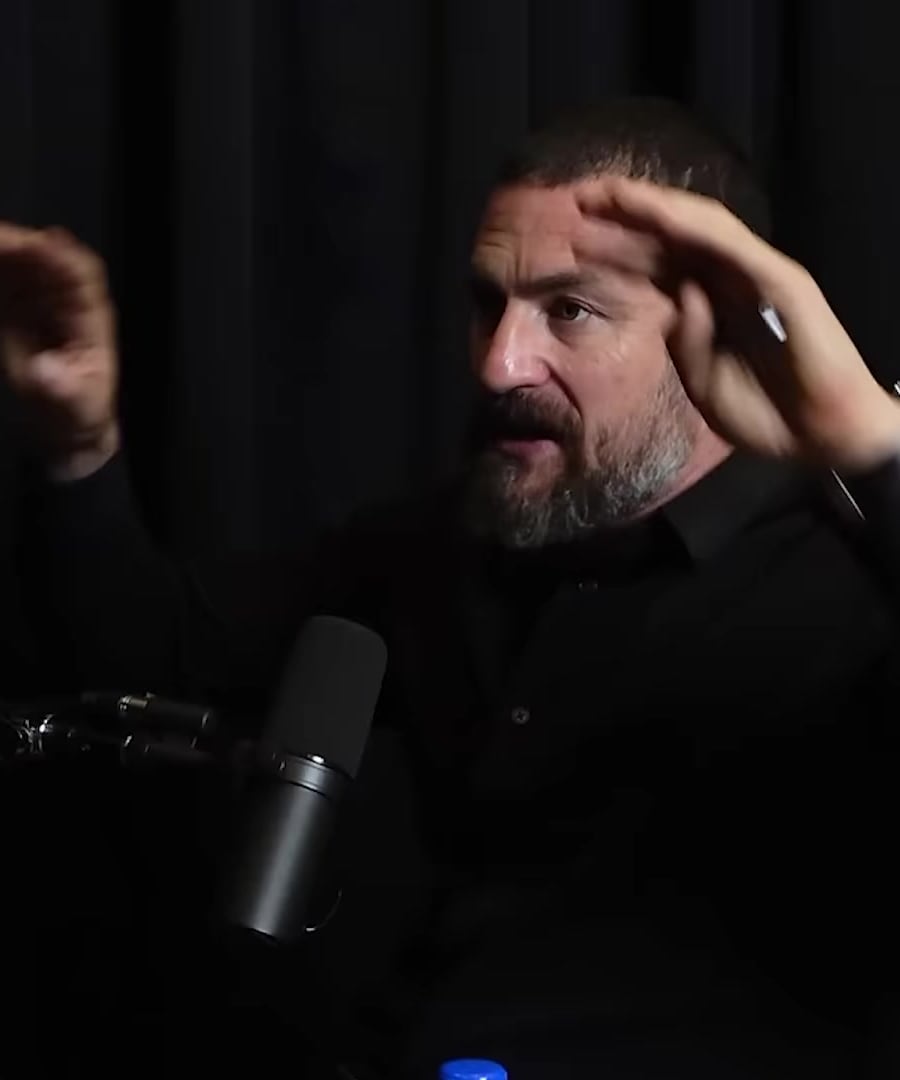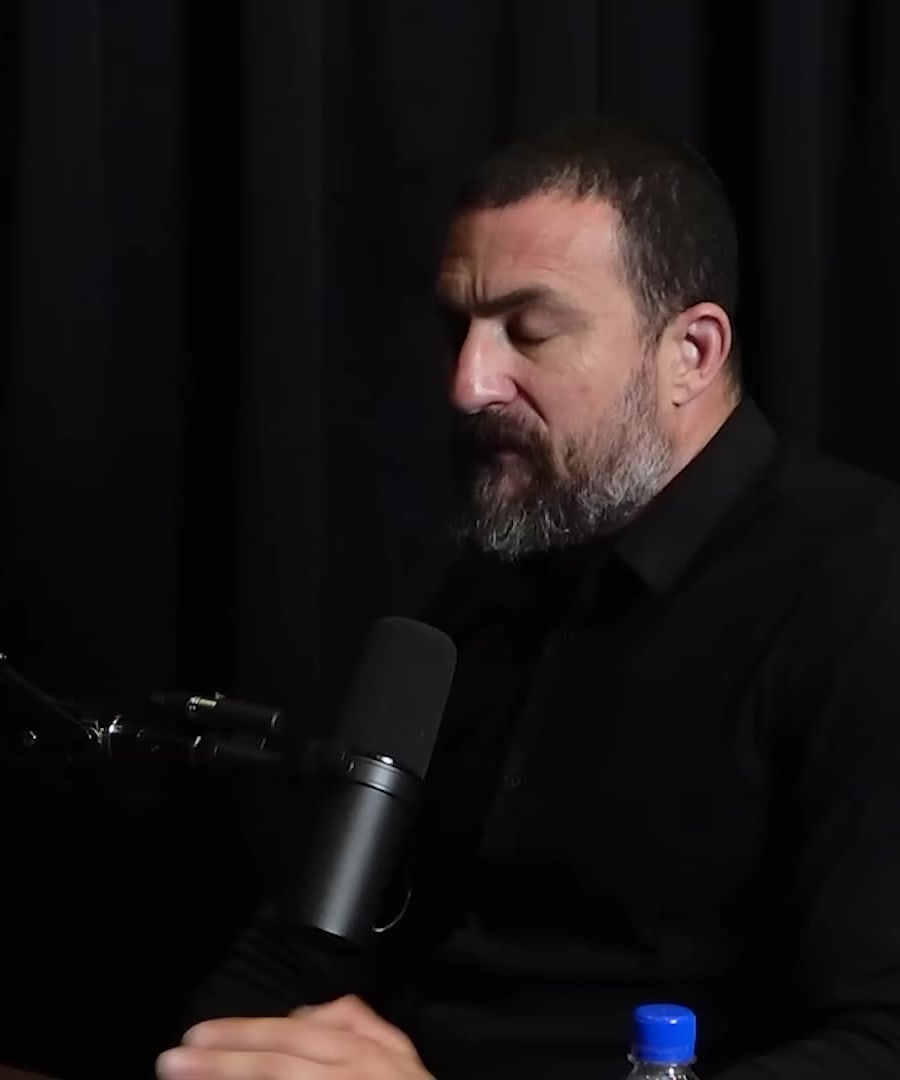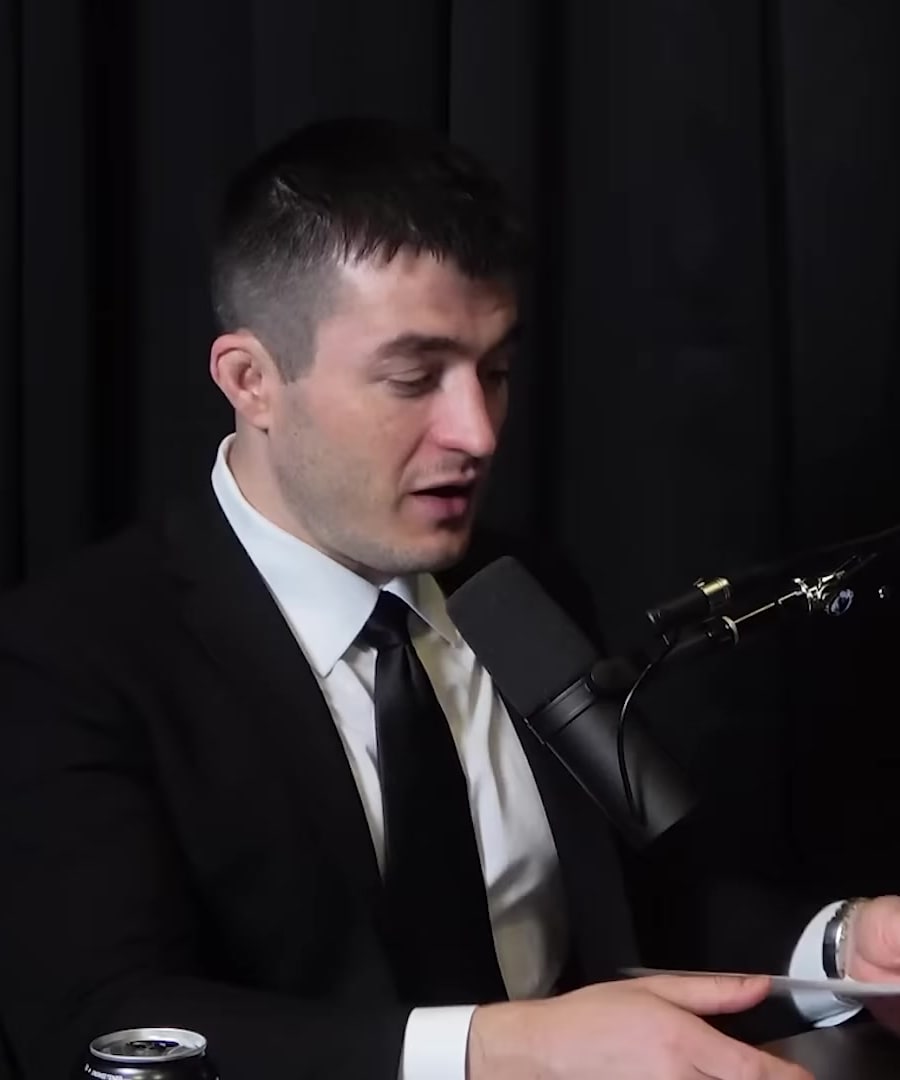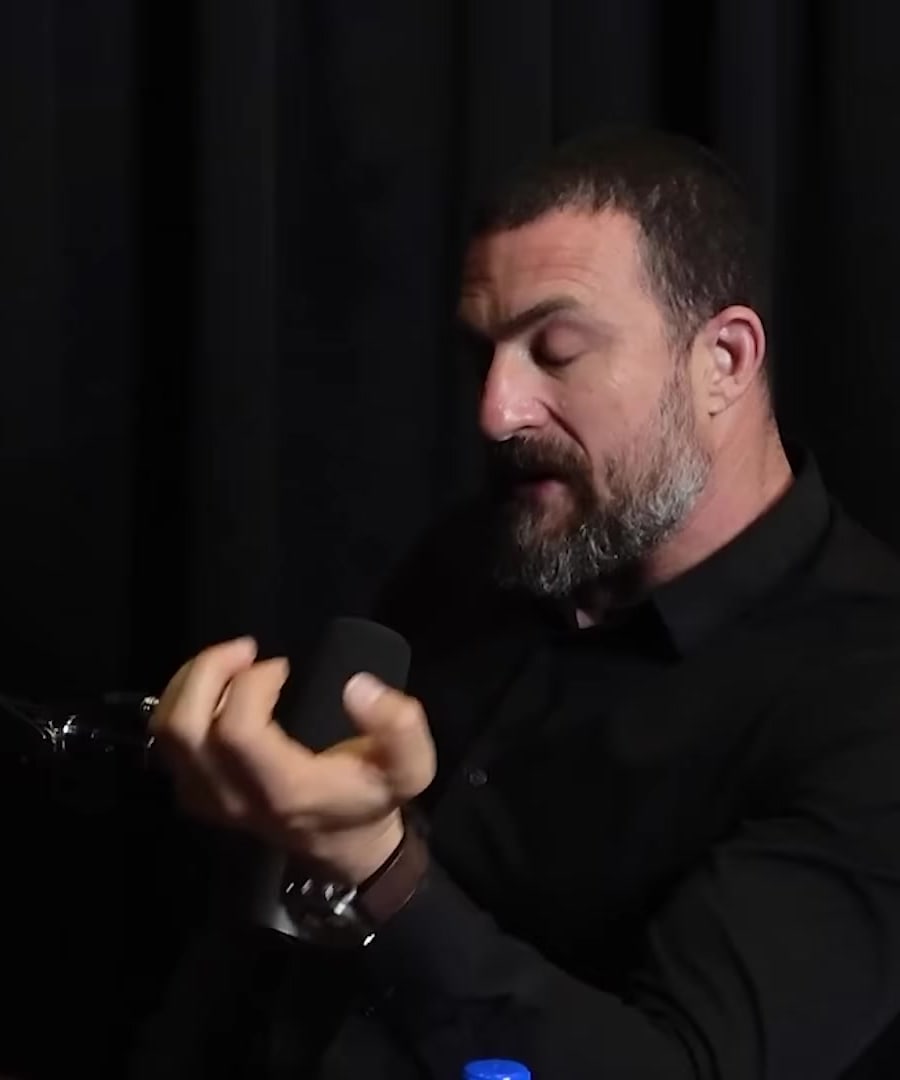Heat and Cold
Sources:
Here are some insights shared by Lex Fridman and Andrew Huberman discussing the benefits and applications of heat and cold:
-
Heat and Cold Experiences:
- Engaging in hot conditions activates heat shock proteins which help repair damaged proteins. This exposure also enhances the way endorphins bind to their receptors, making pleasurable events even more satisfying.
- Cold exposure dramatically increases levels of epinephrine and dopamine, which can have long-lasting effects and are beneficial for discomfort endurance 1.
-
Heat Therapy:
- Regular use of saunas or engaging in activities that increase body temperature can lower the risk of cardiovascular events by 50%. Alternatives like hot baths or wrapping in warm clothing can also be beneficial if sauna access is not possible. These activities trigger the release of dinorphin, which plays a crucial role in how we process thermal stress 2.
-
Cold Therapy:
- Cold water immersion should be avoided immediately after workouts designed for muscle adaptation. Instead, employing cold therapy outside of this four-hour window or on non-training days can be effective.
- The "Soberg principle" suggests ending with cold exposure to maximize metabolic increase during cold therapy 3 4.
These insights demonstrate the physiological benefits and considerations of using heat and cold therapy for health and recovery.
RELATED QUESTIONS-



